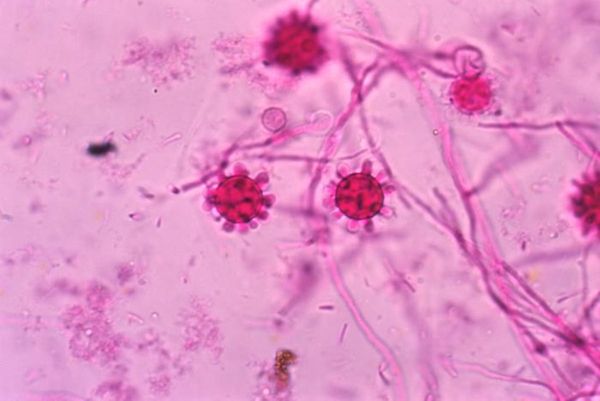One of the important materials that is being studied today is twisted bilayer graphene. This is a material in which a wide variety of phases have been observed that pique the interest of physicists, such as insulator, superconductor, and even phases that imitate liquid crystals, such as nematic ordering. In a Letter paper published in the journal, Nature Physics, a group of researchers from Indian Institute of Science (IISc), Bengaluru, has discovered that it may possess a new phase that exhibits what are called charge density wave states.
To start with, graphene is a two-dimensional material comprising a single layer of carbon atoms arranged in a hexagonal lattice. Stacks of graphene layers can make up graphite.
Graphene possesses several interesting properties by itself, and, moreover, it can be combined with other materials to form useful devices. One such material is twisted bilayer graphene. This is made by placing two layers of graphene on top of each other such that they are aligned well, and then twisting one layer, so that it makes a well-calibrated, known angle with respect to the former. When such a twist is given, the lattice shows what are called moire patterns. Moire patterns are wavy fringelike patterns that we see, for example, when two layers of synthetic fabric overlap and move with respect to each other.
Unique properties
Twisted bilayer graphene has been studied for several years. However, the number of labs in India that can fabricate such devices can be counted using the fingers of one hand. Now, with a precise control over the mechanism, the researchers in U. Chandni’s lab in IISc produced the material for study. The second layer was twisted with respect to the first by a small angle between one and two degrees. Then they made a third layer of tungsten diselenide to complete the device. Tungsten diselenide shows a property called spin-orbit coupling, which is a link between the intrinsic spin and the orbital angular momentum of the electrons. Adding this layer, they showed, endowed the material with unique properties and created the charge density wave states.
“Normally in a conductor, the charge carriers, for example electrons, are free to move anywhere in the conductor. But here, some areas are restricted and the electrons can move only in the allowed regions,” says Arindam Ghosh from IISc and one of the authors of the paper. “Just like there are variations in particle density in a sound wave, these states show a wave-like variation in the charge density.”
The challenge in fabricating the material had to be met. Dr. Chandni explains that two aspects were to have absolutely clean samples and also a precise control over the angle of twist. “We cut the same sample and placed them on top of each other. We had to make samples where the twist angle differed only in the second decimal place,” she says, adding that a major effort in this was made by Saisab Bhowmik, the first author of the paper.
While it is still early to talk of applications, it is believed that these devices may reveal when studied deeper, excitations like the Majorana modes, or exotic magnetic phases, which will be useful in quantum computation. Even without that, the discovery that these may hold charge density wave states has made them unique and exciting as a subject of physics research.







